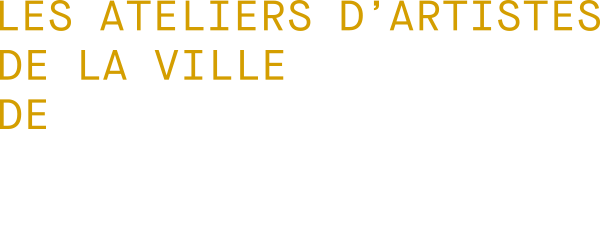Guyot
Studio: Ateliers de la Ville
19 Boulevard Boisson
Fr-13004 Marseille
biographY
A graduate from the National Fine Arts School of Cergy and the Paris National School of Decorative Arts (2006), Diane Guyot has developed a line of work that is both dark and colourful, and draws inspiration from the political, economic and social environment.
She lived in the United Kingdom for 3 years and was featured in the symposium/exhibition “Terminal Convention” in Cork (Ireland), curated by Peter Gorschlüter, the co-director of MMK Frankfurt, as well as in the Ideal Home Show at Chelsea Space (London), curated by Donald Smith.
She is currently preparing a solo exhibition at Art-cade, galerie des grands Bains Douches in Marseille, for 2016.
—
Born in 1980
Lives and works in Marseille
www.diane-guyot.org
Dialogue, confrontation, negotiation, conflict: power games are the focus of Diane Guyot’s research and the key to her artistic commitment. To put it bluntly her work, going directly counter to the concealment of exploitation’s pecking orders, sabotages the fraudulent approach that rejects conflict between points of view and cuts down our capacity to act. It’s hardly surprising, then, that she makes the most of the power of language, stating her targets clearly and resorting to the visual codes of poster, T-shirt, slogan, graffiti, advertising sign and logo – those battlegrounds of the culture wars. War, moreover, is a subject she has delved into deeply on the terrain of language; see her book Faiseurs d’Anges (Angel Makers, 2005) and her use of the vivid code names used for military operations in Index Wars. The philosopher Antonio Gramsci pointed out that wars were being won at cultural level; and Diane Guyot is interested in the specific methods used by power structures – riot-control choreography, facial recognition techniques – and by those who resist them: amateur design, worker control, illicit contact with prisoners, the “Occupy” movements. The war is visible on the walls of our cities, too, because the issue is territorial: Guyot hijacks the visual repertoire of popular protest, like someone leading a territorial conquest with garish Mexican wrestling banners overprinted with the portraits of the “faceless” richest men in the world. Who’s planting his flag in this case? Guyot makes play with language, turning the Bank of America’s BOA logo into a weird snake, or suggesting to the sacked workers from the Beamish brewery in Ireland that they should start a “Be Amish” cooperative venture. The whole point of her work is there, in an ambiguity that enables clarity even as she complexifies the links between our socio-economic world and cultural history.
Pedro Morais
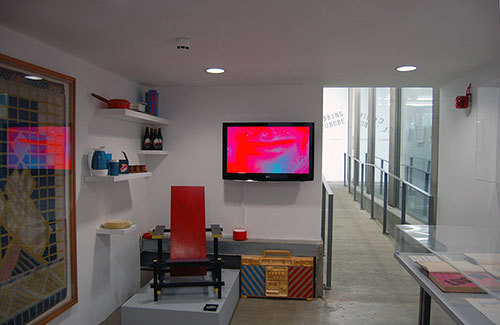 Be Amish, homemade brewery, 2011
Be Amish, homemade brewery, 2011Brewing, fermenting and packaging the “Be Amish” beer, based on information, ingredients and techniques provided by the “Beamish” factory. Toasted malt and barley, hops, plastic basins, glass, gas, electricity, timer, spatulas, bottles, labels, embroidered t-shirts
Installation, Cork International Airport, Republic of Ireland
Photo credit: Diane Guyot
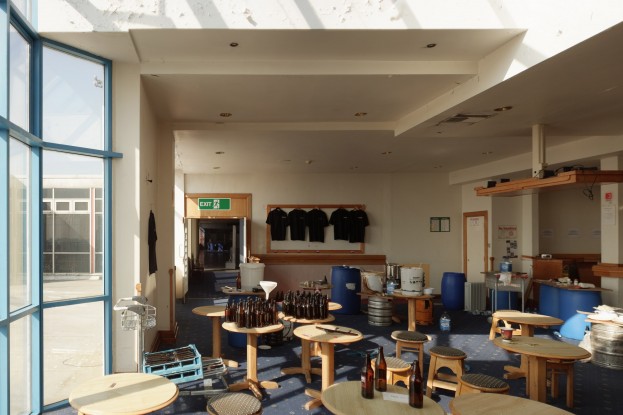 Be Amish Bottles, 2011
Be Amish Bottles, 2011Craft beer, bottles, bottlecaps, 7 bottles of various sizes
Chelsea Space, London
Photo credit: Diane Guyot
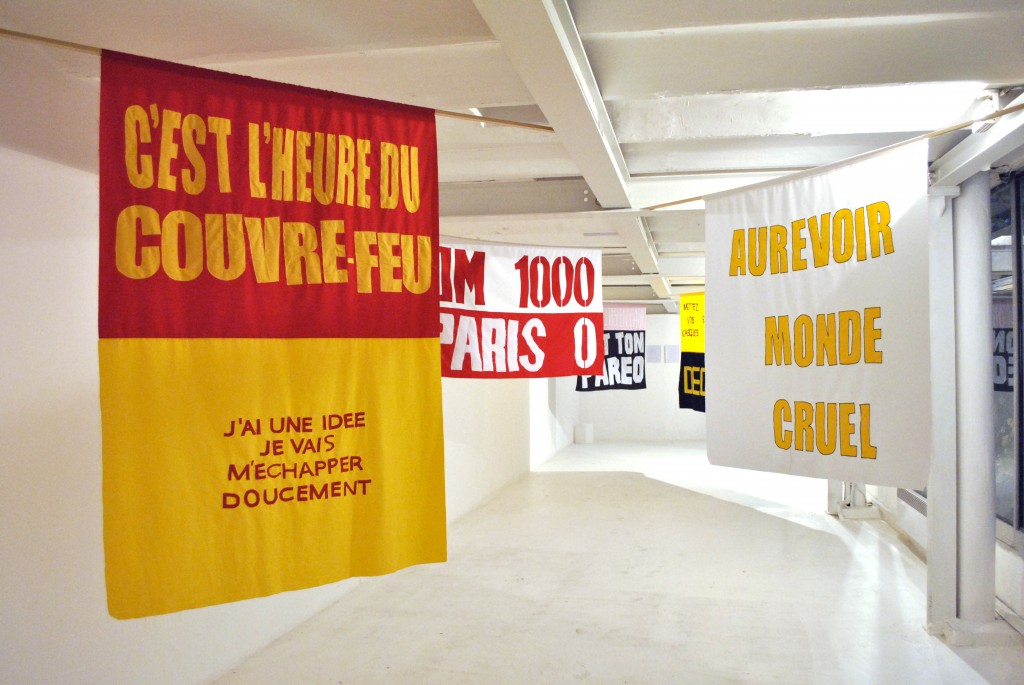 La Conquête, 2013
La Conquête, 20135 cotton banners, various sizes
Art-cade, galerie des grands Bains Douches, Marseille
Photo credit: Diane Guyot
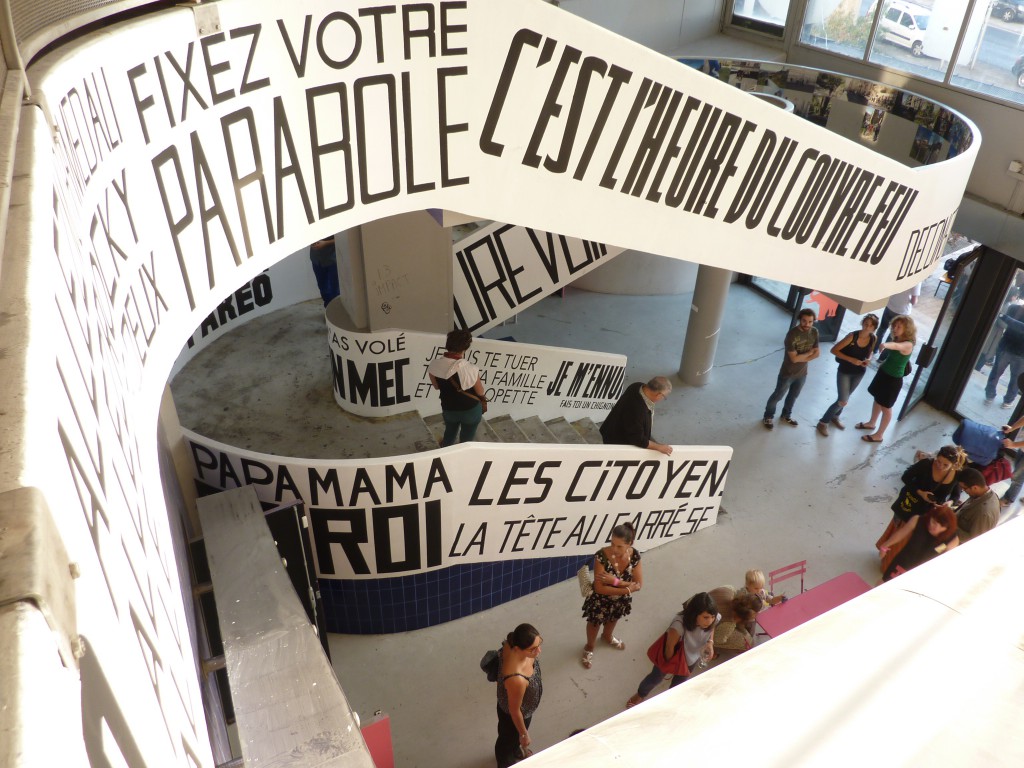 La Manifestation, 2013
La Manifestation, 2013Acrylic on concrete, in-situ piece on concrete bannister
Le Merlan art centre, Marseille
Photo credit: Diane Guyot
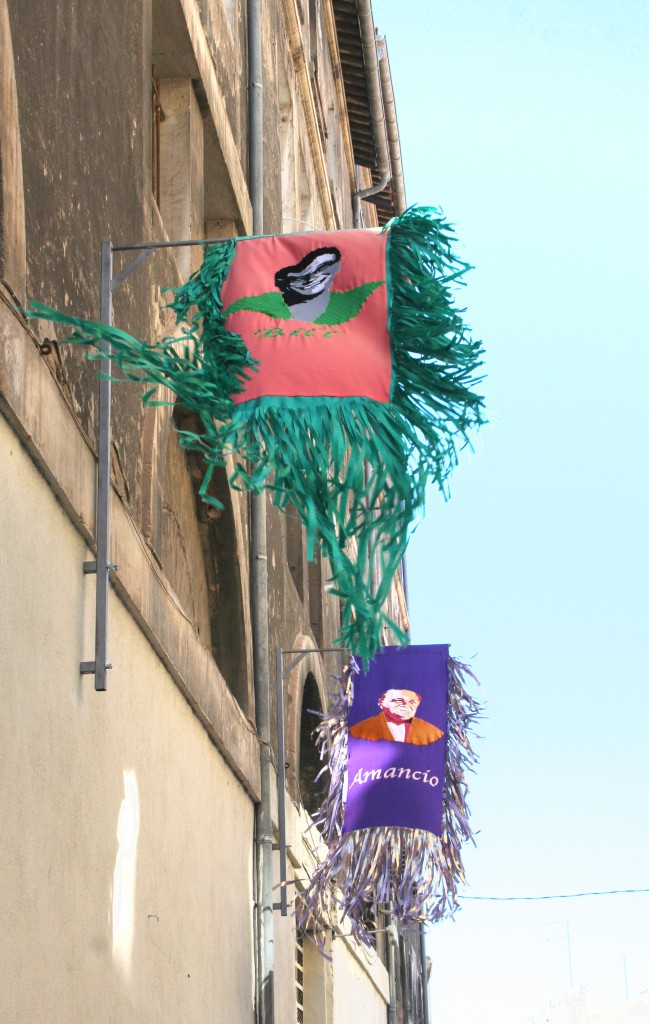 Who’s the boss ?, 2014
Who’s the boss ?, 20143 banners, various textiles, 300 x 70cm
façade of the Gourvenec Ogor gallery, Marseille
Photo credit: Diane Guyot

